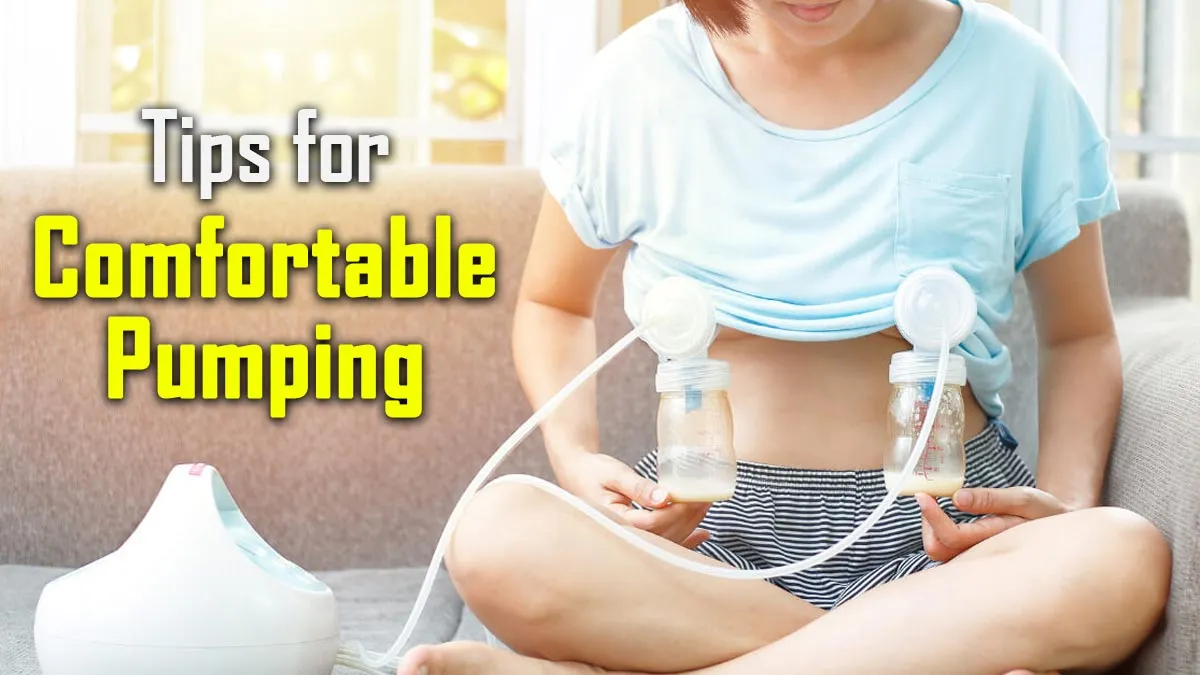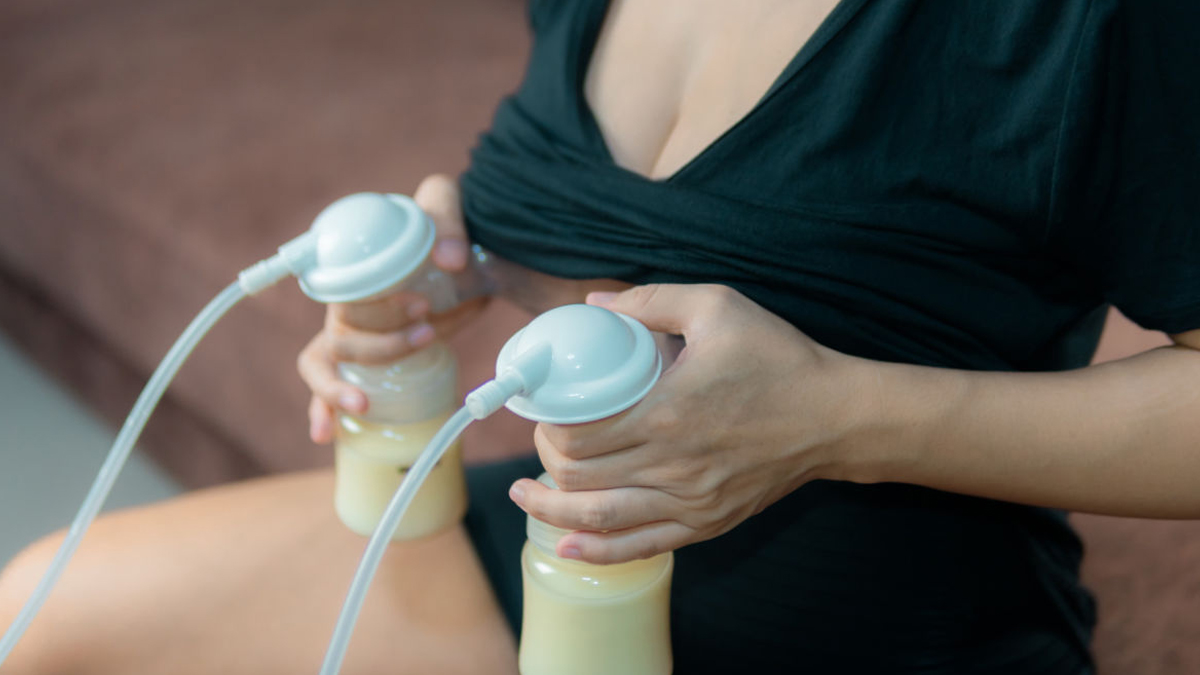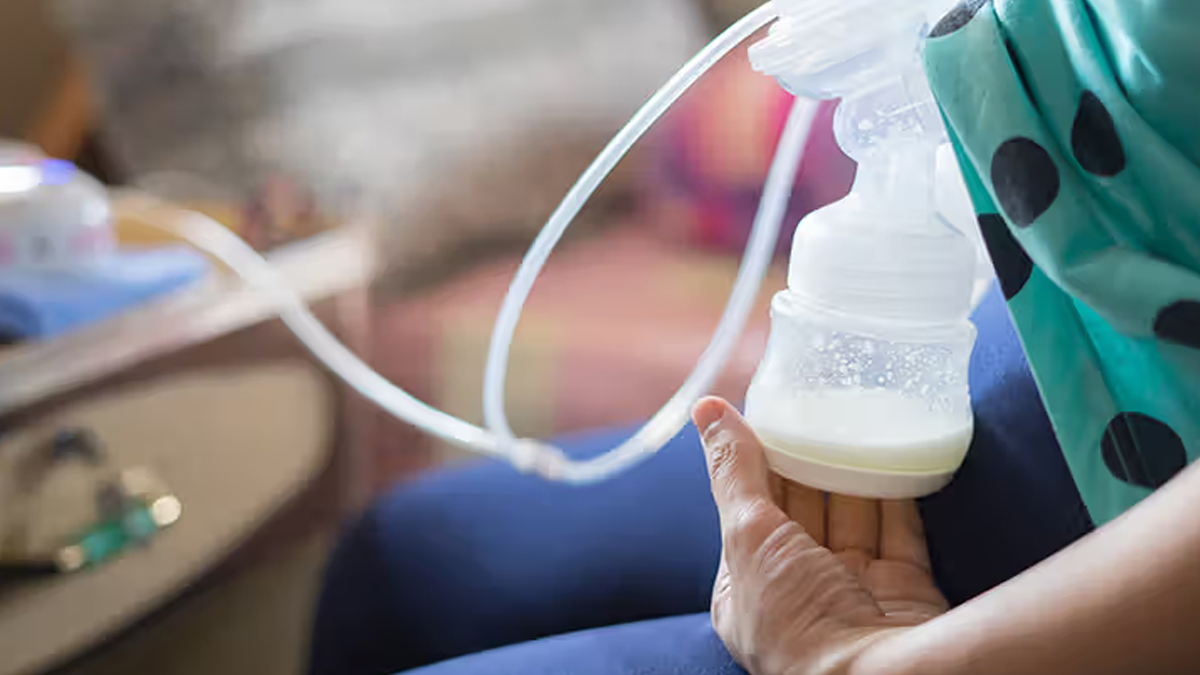
For many new mothers, breast pumping can feel like a tricky but necessary part of breastfeeding. The thought of pumping milk might raise questions about comfort and pain. Is breast pumping supposed to hurt? Dr. Kiran Coelho, Senior Gynaecologist at Lilavati Hospital and Research Centre in Mumbai, clears this up: breast pumping should not be painful. She explains that discomfort usually results from common issues that can be fixed easily. Understanding these problems can help mothers have a more comfortable and confident pumping experience.
Table of Content:-
Why Breast Pumping Should Not Hurt![Why Breast Pumping Should Not Hurt 1 - 2025-08-04T170935.384]()
Dr Coelho points out that many Indian mothers are new to breast pumping. They may not want to share their struggles, but it’s important to know that some sensitivity in the first few days is normal. However, sudden or ongoing pain is not something to ignore. The pain often comes from:
- Using the wrong flange (shield) size
- Poor breast or pump positioning
- Too strong suction settings
Getting the right fit and using the correct techniques can make a big difference. Dr. Coelho advises that the flange should be centred over the nipple to avoid pain. The suction setting should be the lightest one that still helps milk flow. This balance helps stimulate milk let-down without causing discomfort.
ALSO READ: World Breastfeeding Week 2025: Expert Breaks Myths and Offers Tips For Natural Nutrition for Babies
Tips for Comfortable Pumping![Tips for Comfortable Pumping 2 - 2025-08-04T170928.474]()
In order to facilitate the process of breast pumping and make it less uncomfortable, here are a few recommendations that were supported by experts:
- It is recommended to put warm compresses or massage the breasts during and before pumping to help stimulate milk.
- Steroidal soaps or harsh antiseptics should be avoided on nipples because they cause the skin to get dry. Rather, maintain the locality moisturised and hygienic.
- Air-dry on the nipple a drop of expressed milk; this is a very effective healer.
- Apply lanolin cream or hydrogel pads to ease soreness of the nipple in case it becomes uncomfortable.
- This is an easy way to have a less frustrating and more pleasant pumping experience on the part of many mothers.
When to See a Doctor![breastpumping 4 - 2025-08-04T170937.106]()
In case that pain persists even with some changes, it is necessary to look at signs of an infection. These may be:
- The presence of redness of the nipple or breast
- lumps or swelling
- Fever/Chills
- The infections require immediate medical attention to prevent complications. Never fear to get in touch with healthcare experts to detect any of these symptoms.
The Role of Support and Education![Tips for mothers for Comfortable Pumping 3 - 2025-08-04T170931.069]()
Dr Coelho notes that breast pumping can transform a challenging experience into a confidence-building one, with learning and assistance. Most mothers are uncertain in the beginning of pumping, and yet when they are guided and supported, they become a success story in positive breastfeeding.
It is not only physical, but it is also emotional and self-care based on breastfeeding and pumping. Family, lactation consultants, and medical providers' encouragement make everything better. Mothers will feel more comfortable and secure in knowing how to perform and when to seek aid.
ALSO READ: Breastfeeding While on Medication? What’s Safe and What To Avoid: Guide For Nursing Mothers
Conclusion
While some initial sensitivity during breast pumping is common, it should never become hurtful or harmful. Most pumping pain comes from easily fixed problems like flange size, positioning, or suction settings. Taking steps to care for the skin, using warm compresses, and practising proper technique can ease discomfort. Support and education are key to building confidence in this important feeding method. If pain persists or infection is suspected, prompt medical advice is essential to keep moms healthy and happy.
Also watch this video
How we keep this article up to date:
We work with experts and keep a close eye on the latest in health and wellness. Whenever there is a new research or helpful information, we update our articles with accurate and useful advice.
Current Version



